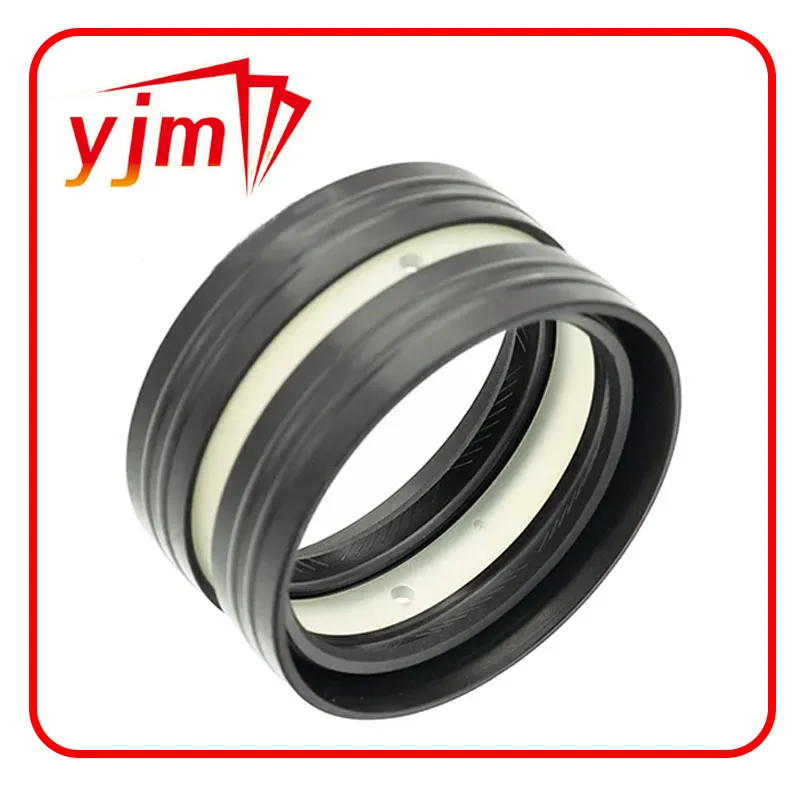vw t4 crankshaft oil seal


Installing the new seal requires a steady hand to press it evenly into place. Tools specifically designed for seal installation can aid in achieving a flush fit without damage. Once firmly in place, reassemble the components, ensuring that the timing settings are correct, and conduct a thorough check to confirm that the engine functions smoothly without leaks. Throughout this process, attention to detail and adherence to VW T4 servicing guidelines cannot be overstated. Utilizing a torque wrench to apply the correct pressure settings during reassembly, for example, is one such detail that guarantees a professional finish. For those unfamiliar with engine repairs, enlisting the services of a professional mechanic is advisable. Their expertise ensures that the job is completed swiftly and efficiently, with minimal risk of error. However, for those undertaking this task independently, numerous resources, from workshops to online forums, are available to provide guidance. Overall, regular inspection of the crankshaft oil seal, along with routine maintenance, greatly enhances your VW T4's reliability. A small, relatively inexpensive component, when overseen, can prevent costly repairs and prolong your vehicle’s life. As a testament to this, many VW T4 owners report significantly extended engine longevity and reduced maintenance costs by paying attention to such critical details. In conclusion, while the crankshaft oil seal is a small and often overlooked component, its role in the health of your VW T4 engine is pivotal. Whether you're a seasoned mechanic or a VW enthusiast, understanding its function and maintenance is invaluable. By prioritizing high-quality parts and precision in replacement tasks, your efforts contribute to sustaining the renowned performance and durability of the VW T4 for years to come.
-
Understanding the Front Main Engine Seal: Purpose, Maintenance, and Installation
News Jul.29,2025
-
Understanding O-Rings and Seal Rings: Types, Applications, and Custom Solutions
News Jul.29,2025
-
Understanding Crankshaft Oil Seals: Rear Seals, Pulley Seals, and Their Role in Engine Integrity
News Jul.29,2025
-
The Importance of Front and Rear Crankshaft Seals in Engine Performance and Oil Management
News Jul.29,2025
-
Crank Oil Seals: Functions, Types, and Cost Considerations in Engine Maintenance
News Jul.29,2025
-
A Comprehensive Guide to O-Rings and Seals: Types, Materials, and Global Applications
News Jul.29,2025
-
Mastering Diesel and Performance Engine Maintenance: A Guide to Critical Oil Gaskets
News Jul.28,2025
Products categories















